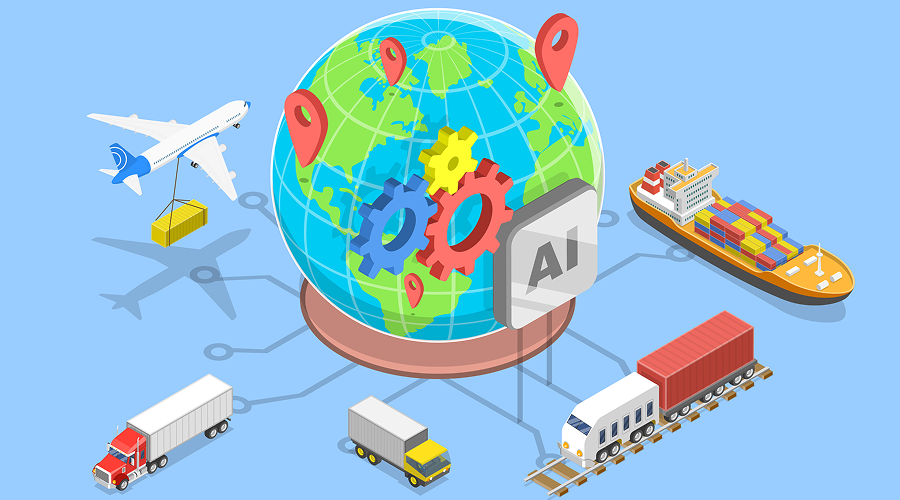Courier and EMS Selection Guide - Finding the Optimal Method for Overseas Shipping

Shipping Packages and Documents Overseas
Shipping packages and documents overseas is a crucial aspect for many businesses and individuals. However, choosing the right delivery service often causes confusion. Understanding the characteristics of each service, especially when choosing between a courier and EMS, is important. This article explains the differences between couriers and EMS, and in what situations each should be chosen.
What is a Courier? A courier is an "international express delivery" service for sending documents and packages overseas. FedEx, DHL, and UPS are some of the well-known providers. The main feature of couriers is that they have professional customs brokers who handle customs procedures on your behalf. This allows the sender to avoid complex procedures and smoothly send packages abroad.
Steps to Use a Courier Service
- Check the Contents of the Package: Verify if the items can be shipped.
- Create a Shipping Label: Create a shipping label on paper or online, and prepare an invoice if necessary.
- Arrange for Pickup: Request pickup by phone or online.
- Customs Procedures and Delivery: The courier handles customs procedures and sends the package abroad.
What is EMS? EMS (Express Mail Service) is an international delivery service handled by public postal companies. In Japan, it is managed by Japan Post and is available at post offices. A characteristic of EMS is that the sender pays the postage, and the recipient pays the customs duties (DAP only).
Main Differences Between Courier and EMS
- Operating Agency: Couriers are private companies, EMS is operated by public institutions.
- Customs Procedures: Couriers have professionals handle procedures, while in EMS, the sender is involved.
- Cost and Delivery Speed: Couriers are faster but more expensive, EMS is relatively low-cost.
Points to Consider When Choosing
- Delivery Time: Choose couriers for speed, EMS for cost-saving.
- Payment of Shipping Costs and Duties: Couriers allow either sender or recipient to pay, but EMS has fixed rules.
- Shipping Insurance: EMS provides compensation for items over 20,000 yen, while couriers offer optional insurance.
Summary Couriers and EMS each have their own advantages and disadvantages. Couriers are attractive for their speed and ease of procedures but are more costly. On the other hand, EMS is more cost-effective but has limitations in customs procedures and delivery speed. Choose the best service according to the needs of your business or personal requirements.
Recommended Service When choosing the best shipping method, using the overseas shipping automation platform AnyLogi is recommended. AnyLogi automatically imports order information from Shopify and allows you to see at a glance the shipping costs and delivery dates of various carriers like EMS, FedEx, UPS, and DHL. With one-click issuance of shipping labels and pickup arrangements, it significantly reduces the workload for businesses. AnyMind Group, which provides AnyLogi, has extensive global knowledge in 13 countries, making it an attractive option for businesses new to cross-border e-commerce, offering the support needed to confidently expand their business.
We have prepared numerous materials related to cross-border e-commerce. AnyMind Cross-Border E-Commerce Support Area includes:
- The size of the e-commerce market in Southeast Asia
- Latest features of AnyLogi
- Points to note in overseas shipping
If you are interested, please contact us using the information below.








